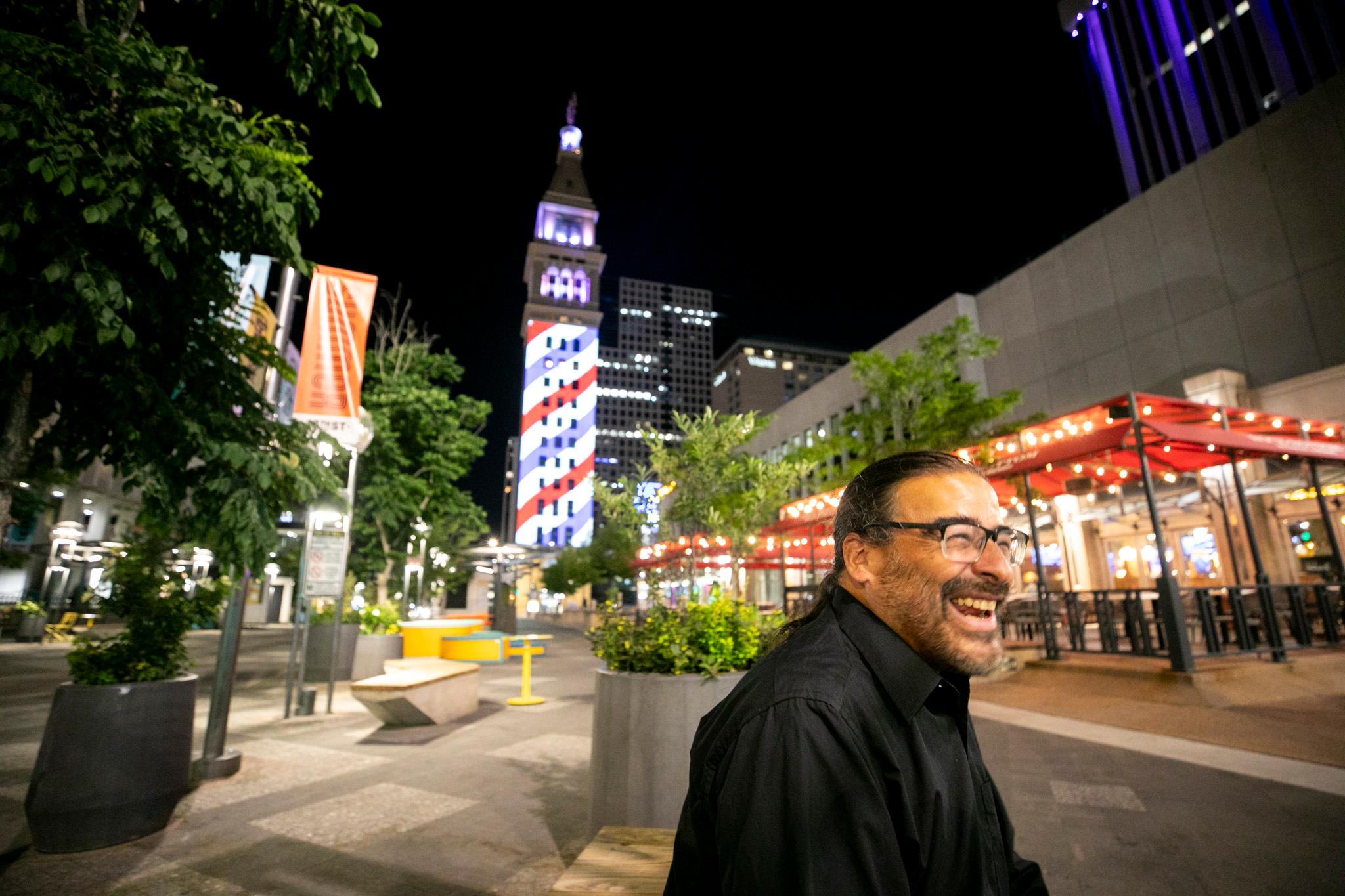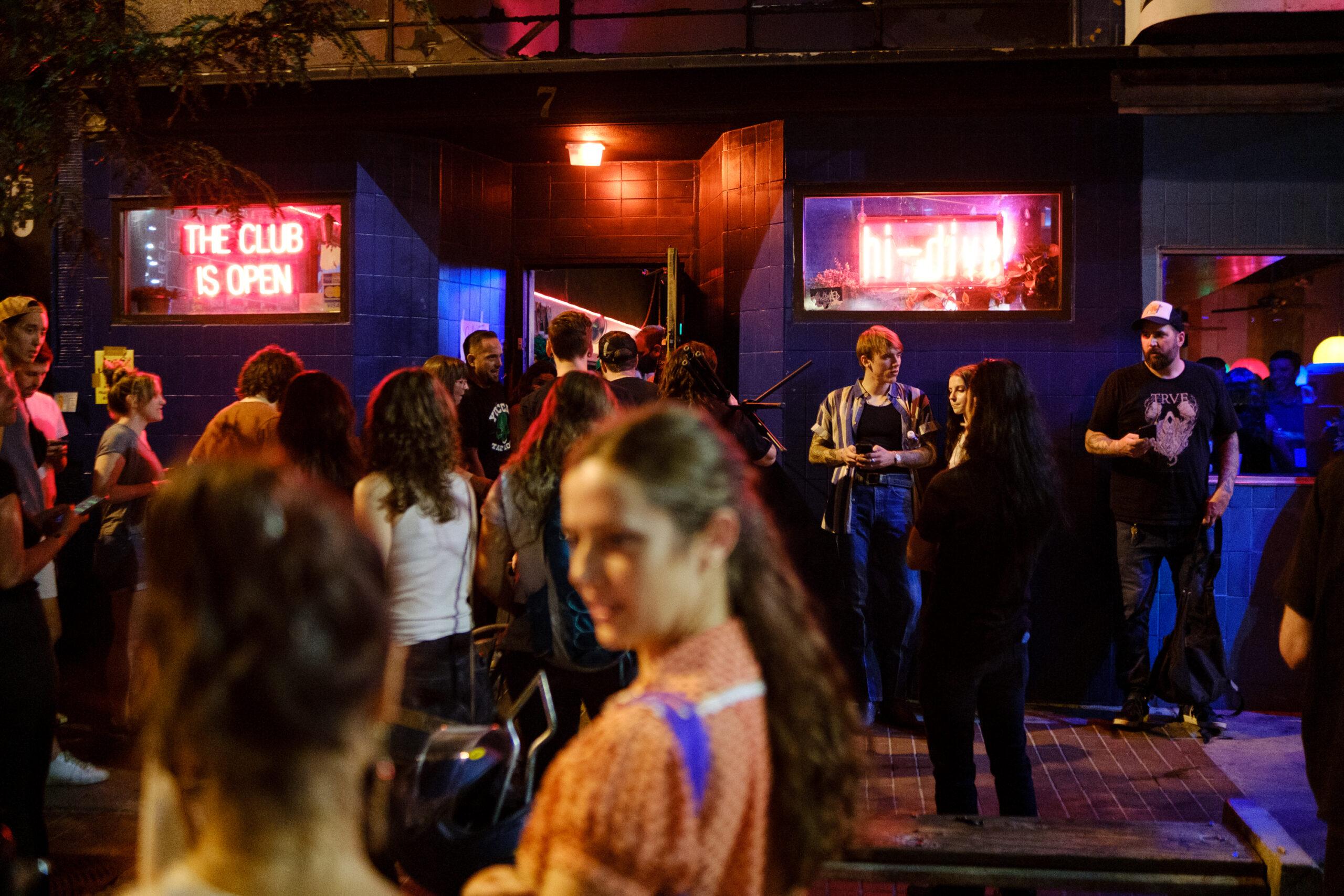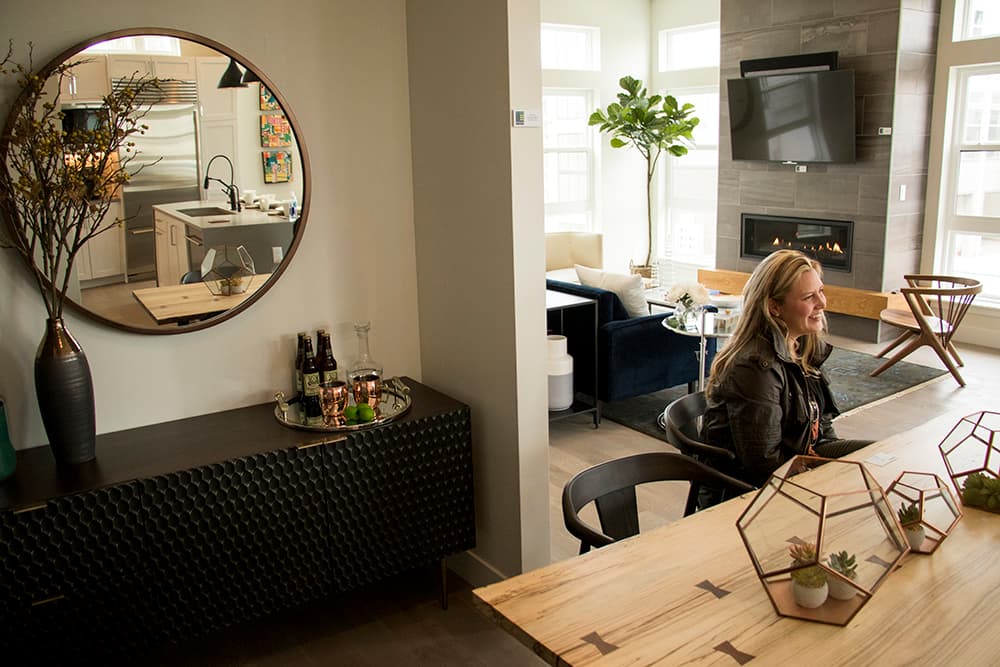
The developer of The Confluence never considered building its 35-story luxury apartment tower in downtown Denver without model units.
"What we do is when we get close to opening, we say, 'OK, where do we want to put the model?'" said Bryant Nail, executive vice president of multi-family development at PM Realty Group.
"We end up moving the models around. If we have a floor plan that's not leasing well, a lot of the time it's because a resident can't imagine how his furniture would fit in the space," Nail said.
Denver real estate leaders believe filling apartments and homes with posh furniture and demure decorations helps convince people to sign leases and close on properties. Companies shell out tens of thousands of dollars to bring scenes out of shelter magazines to life.
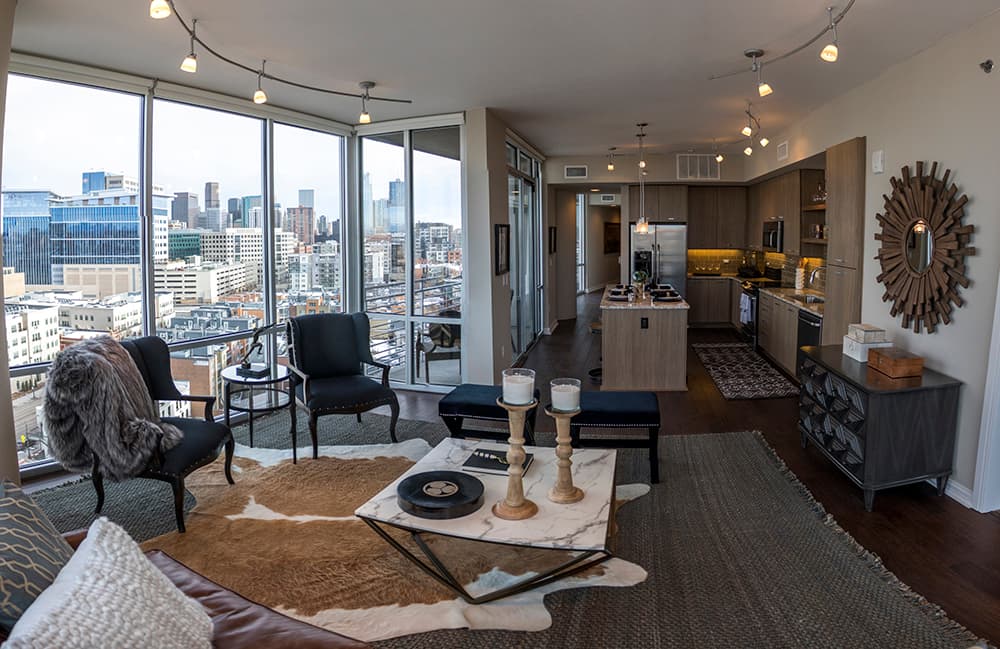
PM Realty Group dropped upward of $1 million to decorate The Confluence's common areas including the pool area, lounges, lobby as well as the three model homes. Bigger units cost more than $100,000 to decorate. Smaller units can be put together for closer to $50,000 to $60,000, Nail said.
Nail directed Dallas designer Ann Svenstrup to make The Confluence units "kind of contemporary" with natural materials to reflect Colorado.
"Lodge chic if you will," he said. "Something like that."
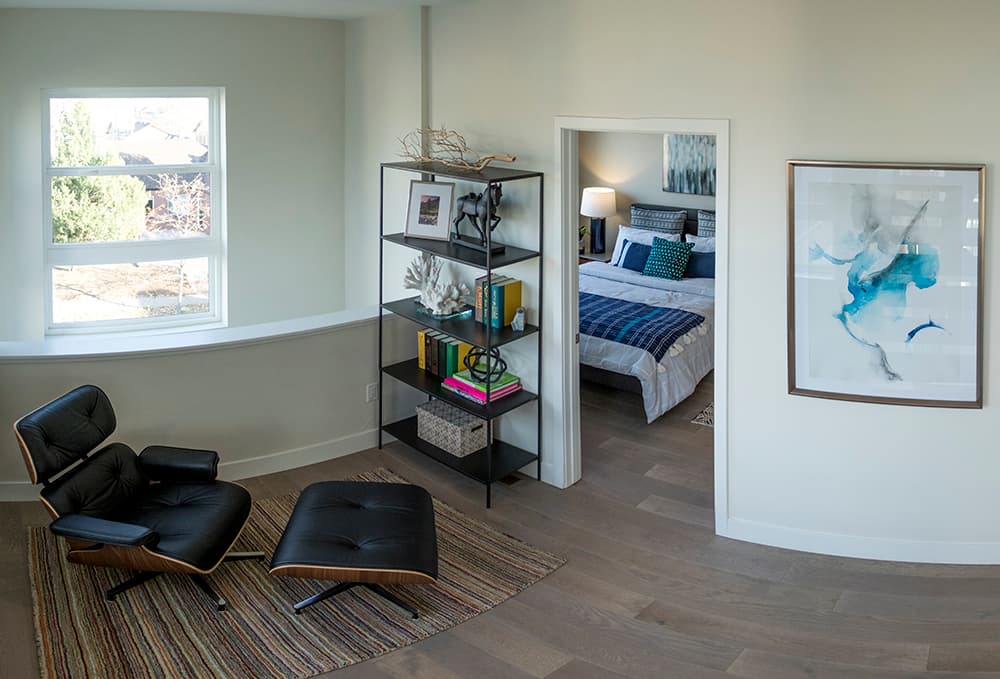
Mindy Roberts is one of the people responsible for taking a developer's vision and spending it into reality. Roberts is the founder Flora Interiors, the Denver-based firm stages both vacant and occupied homes.
After meeting with the real estate team, she typically tours the space, takes measurements and studies what kind of person would be buying or leasing the property. Then it's time to hit the stores.
"Somewhere around $20,000 and $30,000 is a fair starting point," she said. "I am not a huge fan of clothing shopping or the mall, but I love going out and looking at local artists, going to boutiques, going down Broadway, checking out all the new spots in RiNo. I love wandering around Room & Board for hours and just soaking it all in."
For a larger project like the three-story model home at Perry Row at Sloans, her favorite project, she said three to six months would be a good timeframe to get the space ready for the public.
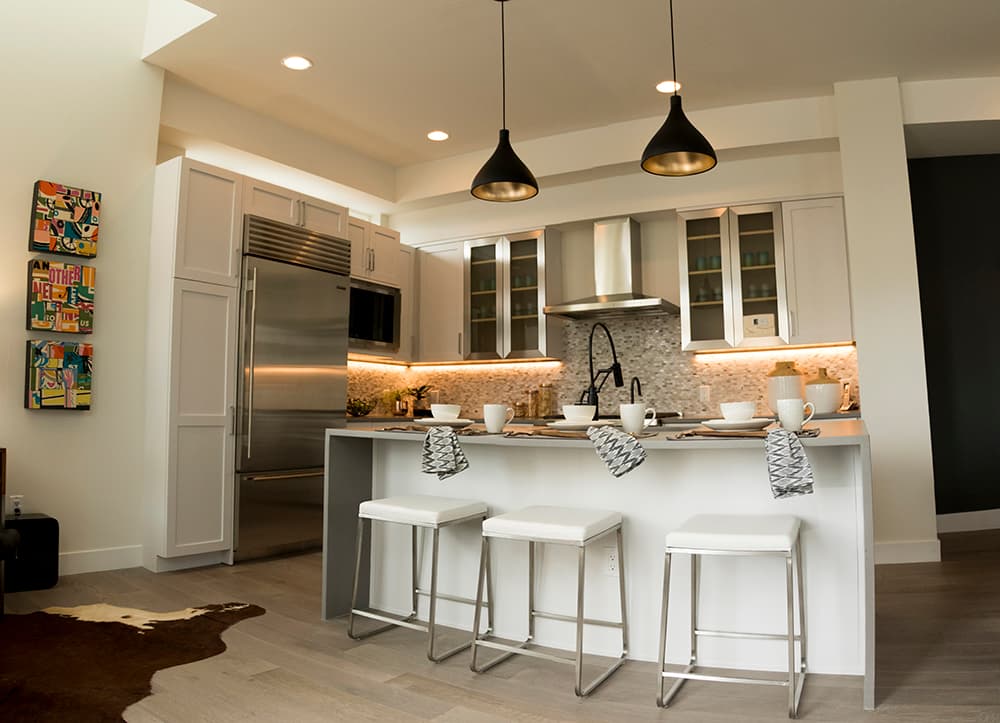
Not staging a property can be a dealbreaker especially in highly competitive areas of Denver — like downtown — Roberts said. PM Realty Group and others in the real estate industry are investing more decorating the common areas and show units of their buildings. Some believe the effort helps lease or sell units faster, and sometimes at higher prices.
"We spend a lot more time, energy and money on these areas of the building," Nail said. "They used to be garden apartments and you had a clubhouse and the management office was in the clubhouse. It was like a cheap country club. Now it's more like a sophisticated hotel."
Stephen Dynia's Wyoming-based firm Dynia Architects is responsible for putting together the interior of one of Denver's new boutique hotels, The Source Hotel in River North.

Dynia put together three mockups in a warehouse in Denver so Zeppelin Development could decide what they wanted their 100-room hotel to look like.
"In a hotel, before you finish off a hundred rooms, you really want to test out every single thing like the precise positioning of the lighting over the vanity in the bathroom," Dynia said. "There are so many fine details especially when there is a good degree of our custom designed elements in the room."
Dynia Architects' goal was to contrast "a raw, sort of industrial building with the sumptuous accommodations one expects from a hotel." Both the building's layout and the surrounding neighborhood were factored into the final design.
"There's a whole issue of how do you make a hotel fit into the vibe of a place like RiNo and how do you make interiors reflect that," Dynia said. "In a perfect world, RiNo would have enough new stuff and retainage of its gritty past in order to maintain its soul. That's really what this hotel is about. It's about clean modern design, but also functional, honest raw material."
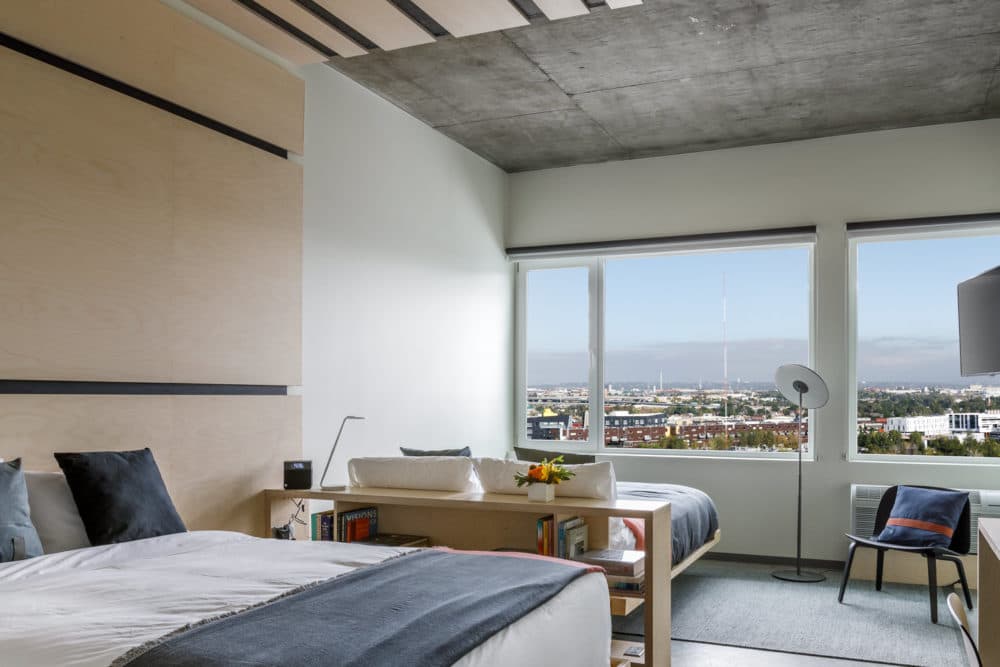
Want more Denver news? Subscribe to Denverite’s newsletter here bit.ly/DailyDenverite.
Business & data reporter Adrian D. Garcia can be reached via email at [email protected] or twitter.com/adriandgarcia.









